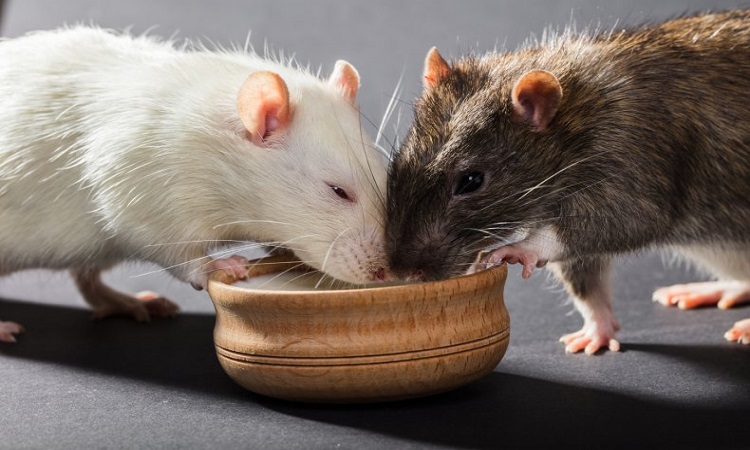 English
English

The chemical pheromones that certain animals emit can cause hormonal or behavioural changes in other species. Read further on Dynamite

Tokyo: The chemical pheromones that certain animals emit can cause hormonal or behavioural changes in other species. Although it is well known that calm rats can lessen their anxiety of surrounding rats, the precise process remained a mystery. Researchers, including those from the University of Tokyo have identified the offending pheromone and shown how it affects laboratory rats as well as rats in a human environment. Their research may result in a novel approach to humane pest management.
Associate Professor Yasushi Kiyokawa from the University of Tokyo's Laboratory of Veterinary Ethology and his colleagues are big fans of rats. They find them fascinating to study, partly due to their relatively high intelligence which, in some ways, even allows them to stand in for humans in certain studies on social interactions.
"I believe that by studying the social lives of rats, we might actually uncover something about human social interactions as well," said Kiyokawa. "That is one of the motivations behind our latest research topic, which explores in more details than ever before, an observed phenomenon where rats can affect the emotional state of others around them."
It has been known for some time that, within the same species, rats which are in a relaxed state can imbue a similar state in nearby rats. Essentially, they can calm each other down without any direct interaction. This is due to pheromones, biological compounds in the air, released from the relaxed rat and received by the scared rat, altering their state. But the nature of the pheromones involved was unknown until now.
"To isolate the pheromones involved in this intra-species calming phenomenon, we needed to be careful about how we tried to collect them," said Kiyokawa. "If we stressed out the rat too much, it would likely affect what pheromones it released. So, we had to be creative and come up with a way to collect pheromones from a relaxed rat. We did this by putting a calm rat to sleep and used water to absorb pheromones from its neck."
The main pheromone the team found released by relaxed rats was 2-methylbutyric acid (2-MB), which is incidentally found in the aromas of cheese and wine. They first determined this was what they were seeking by making sure it did indeed reduce the fear in other lab rats.
Then they laced one of two identical small chambers with 2-MB to see if the rats would show any preference toward either, which they did. This directly showed that rats felt comfortable to sniff the pheromone. Given the striking effect it seemed to have, the team also wanted to see if it would work on wild rats in urban environments.
"We tested at two different locations to see if wild rats would respond to 2-MB," said Kiyokawa. "They responded similarly to our lab rats. Synthetic 2-MB reduced their fear of novel things, or neophobia. This is important because it's neophobia in urban rats that makes producing effective traps so difficult."
Based on their results, the team believe that 2-MB could be used to create a form of humane pest control. It could be used to lure urban rats into nonlethal traps and also keep them calm while they're being transported out of the urban environment. (ANI)
No related posts found.